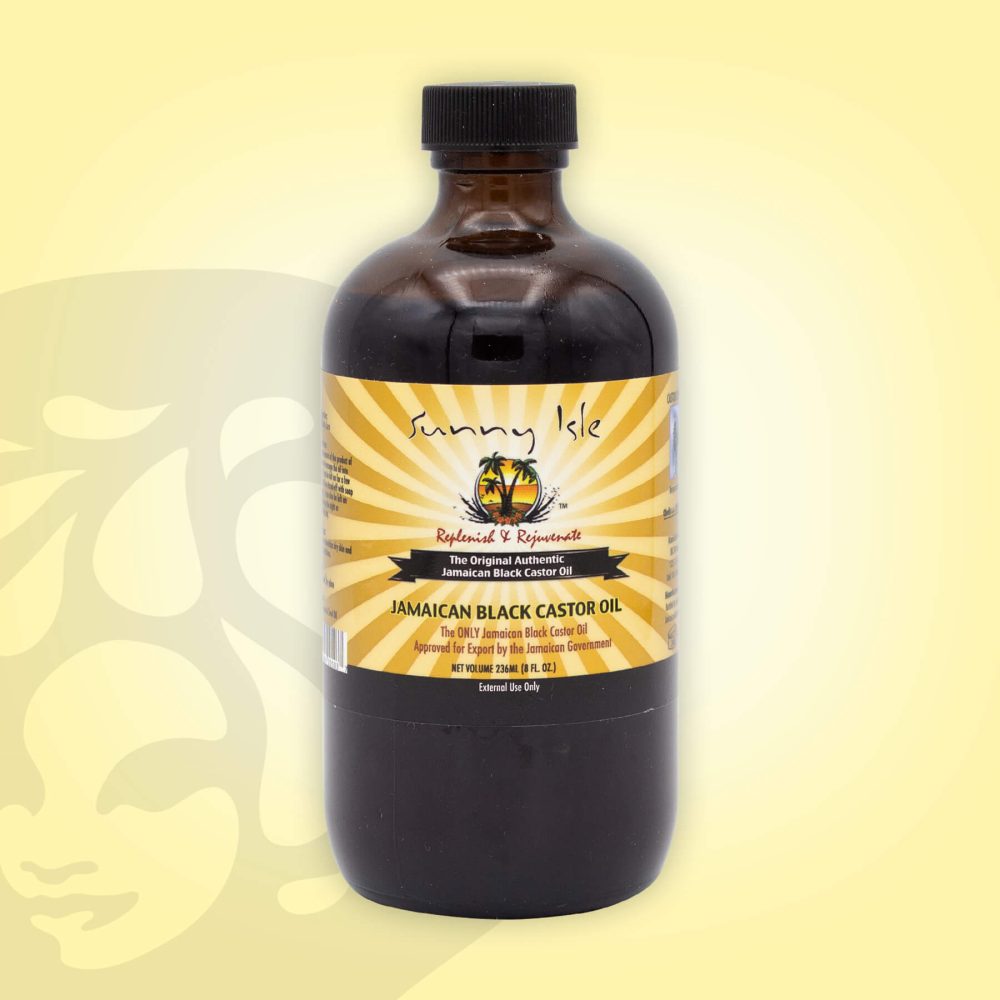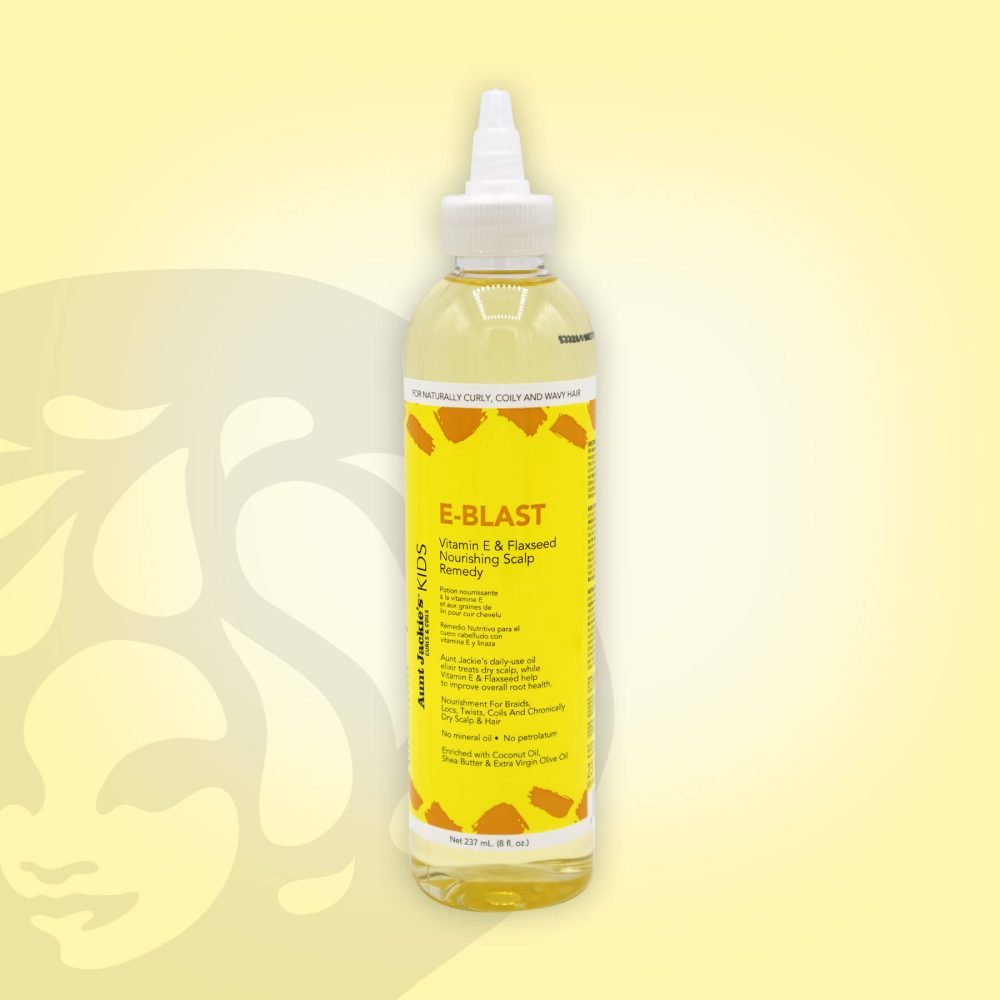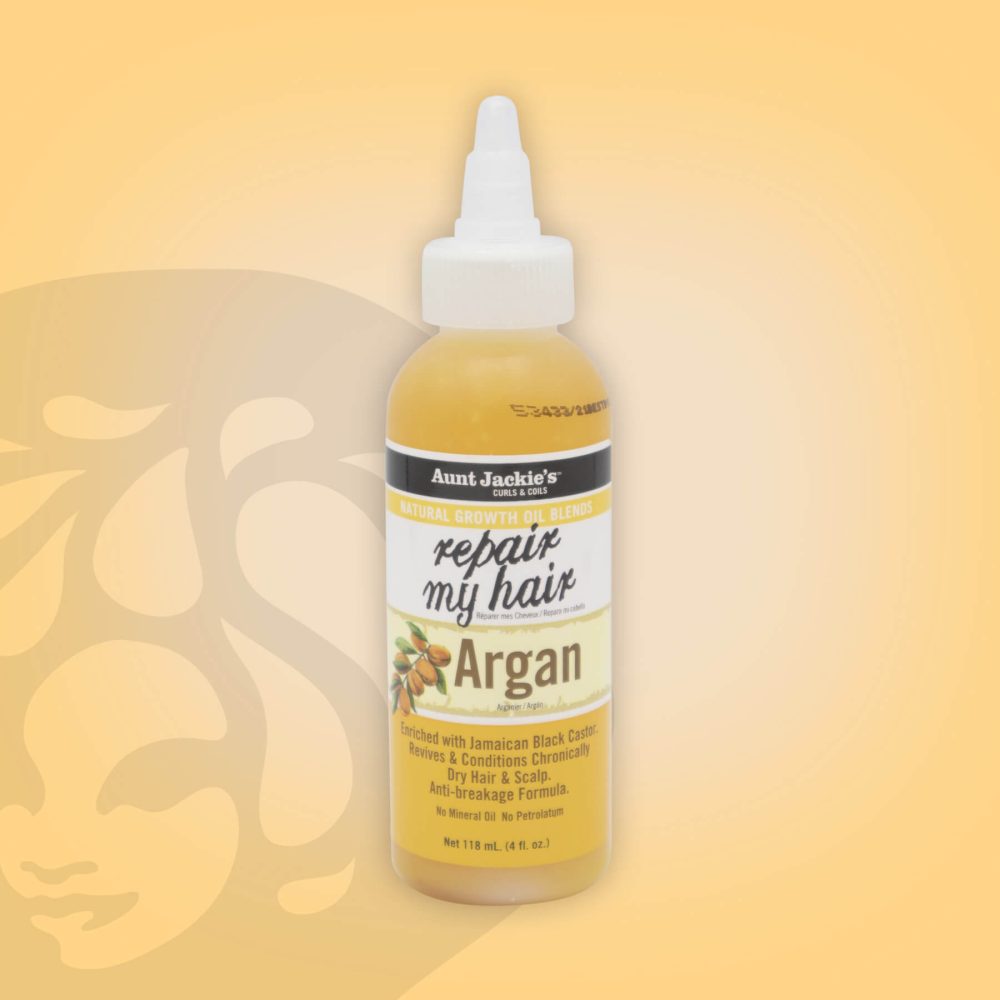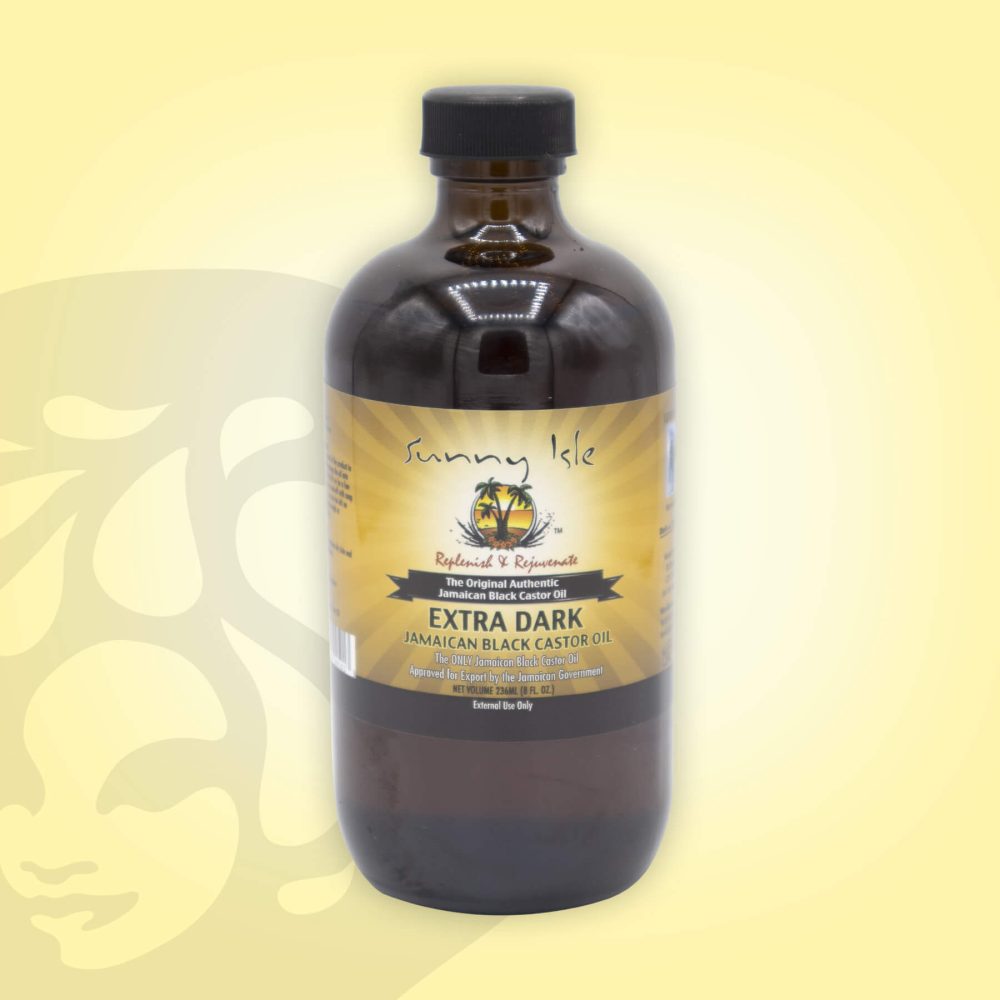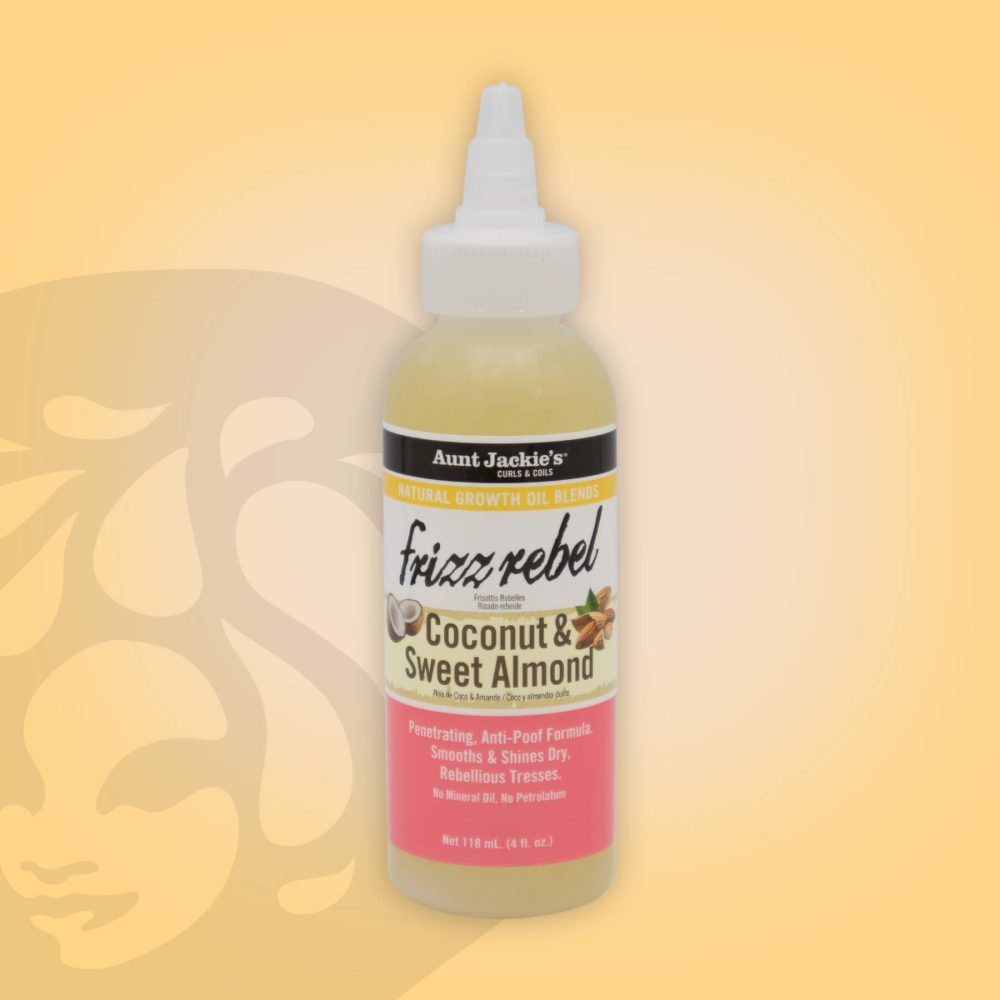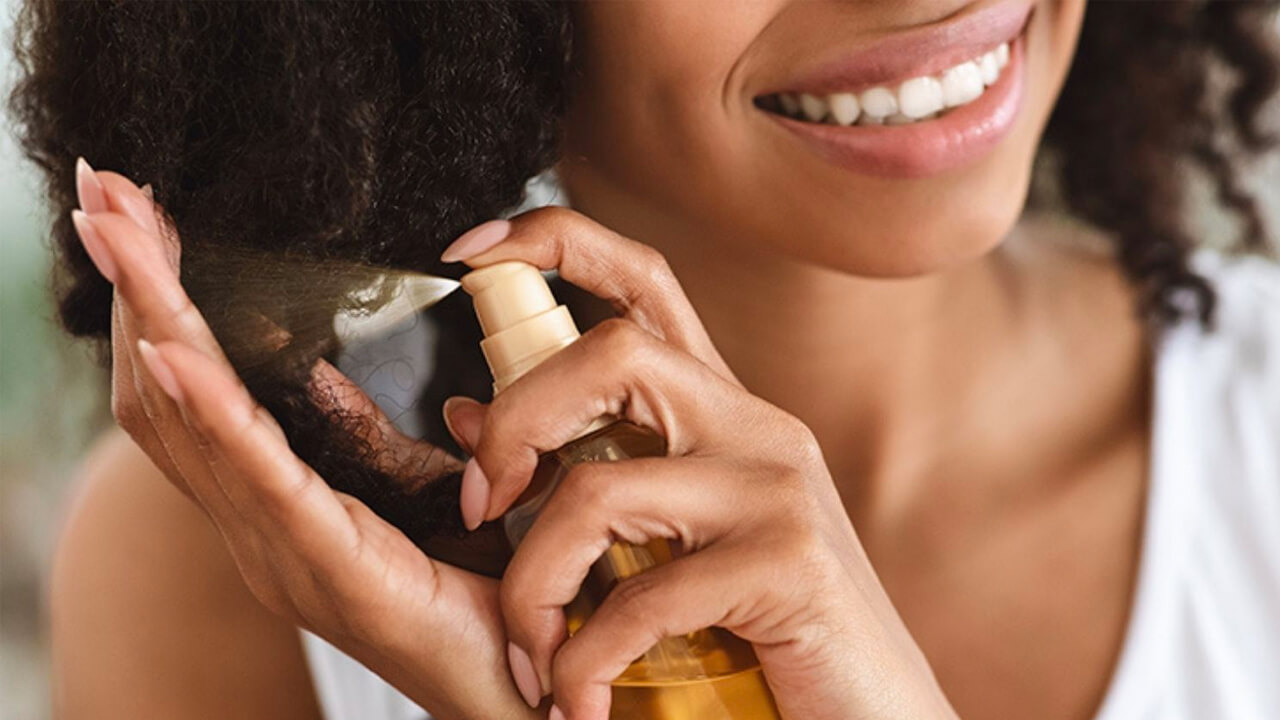It’s interesting because, when it comes to getting some medium-sized box braids, I’m much more of a summer than winter type of gal. I think it’s because colder weather means less shrinkage (at least it does for me) which makes styling a lot easier and enjoyable in my world.
There are some people I know, though, who prefer to rock a protective style in the colder months of the year because, with all of the holiday hustle ‘n bustle, it’s easy to put their natural hair into cornrows and put on a wig or install a weave or to get some twists or Bantu knots and call it a day.
If you’re a “Team B” kind of person, I wrote this with you in mind because here are a few tips that any woman with a protective style during the winter months should definitely keep in mind.
Super Deep Condition Your Hair Before A Protective Style
While your hair being in a protective style means that there will be less manipulation, your ends will be tucked in and your hair will be better protected from outside elements (including bitter cold temps, wet weather and wind) overall, the flip side to that is it will also be void of the moisture that it needs to receive on a pretty consistent basis.
That’s why it’s so important that you prep your hair (preferably no less than 72 hours prior to your hair appointment) by deep conditioning it.
Listen, I don’t mean putting conditioner on your hair for a couple of minutes either. I mean, applying a thick creamy deep conditioner for no less than 1-2 hours and then following that up with a leave-in conditioner too. It might seem a little over the top but trust me, you’ll be glad that you did it once it’s time to take your protective style back down.
Use Infused Oils on Your Scalp
If the style that you’re going with are small or medium-sized braids or twists, a real benefit is that you can give your scalp some of the attention that it might not get any other time (due to all of your hair parts). Since your scalp is the foundation of your hair, it’s important that it remain nourished and healthy; one way to do this is to give your hair follicles the nutrients that they need and one way to do that is to apply an infused oil to your scalp.
Basically, this is when herbs are put into a mason jar, along with a carrier oil like jojoba (it’s rich in vitamins B, C and E as well as copper and zinc), grapeseed (it’s full of antioxidants, helps to loosen up dandruff and seals in moisture) or avocado (it’s nutrient-rich, is a good source of fatty acids and helps to strengthen your follicles) and then either it sits for a few weeks on a shelf or it’s put into a pot of boiling water, so that the herbs and oils can literally “fuse themselves” together.
Our best selling hair and scalp oils
Mielle Organics Rosemary Mint Scalp & Hair Strengthening Oil
£10.99This is the hair and scalp oil that’s SO GOOD you keep it hidden from your friends and family. It smells refreshing, strengthens hair, helps prevents breakage and has a great cooling sensation too. Oh, it’s loaded with incredible ingredients too. It’s an absolute gem and perfect for protective styling.
Sunny Isle Jamaican Black Castor Oil
£5.99The original and the best, and did we mention it does absolutely everything? From your hair, eyelashes, brows, beards and skin care in one bottle!
As I Am Dry & Itchy Scalp Care Olive & Tea Tree Oil Treatment
£10.99Lightweight, nourishing and it specifically combats dandruff and dry scalp too! It’s the triple threat. Tea tree oil is also a natural antibacterial too so it helps to keep your hair cleaner between wash days.
Aunt Jackie’s Kids E-Blast Vitamin E & Flaxseed Scalp Therapy Oil
£5.49Tailored for kids hair that’s natural, curly, or in an afro. Gives your little one’s scalp an all-natural, soothing treat every day. With a gentle, tear-free formula, you forget all about bath time tantrums. This oil moisturises the scalp, preventing itchiness and dryness, with results after just one use.
Jamaican Mango & Lime Original Black Castor Oil
£5.99It’s a best seller, it’s super-versatile and when it does everything so well it’s so easy to see why!
Aunt Jackie’s Repair My Hair Argan Natural Growth Oil
£5.99Most hair could use some support in the growth department – and Aunt Jackie’s Repair My Hair Argan Natural Growth Oil is the perfect tool for stimulating faster growth, shine, and softness. You can use this powerful oil-based elixir to keep your tresses healthy, strong, and irresistibly long. Gives you fab hair, fact!
Sunny Isle Extra Dark Jamaican Black Castor Oil
£5.99Approved exportsStraight from Jamaica, the ultimate hair sealant, is proven to encourage hair growth and it’s one of the most versatile oils in the world of textured and afro hair care (it’s also great for your skin too); seriously – what’s not to love!
Aunt Jackie’s Frizz Rebel Coconut & Sweet Almond Oil
£4.99Move aside, frizz – there’s a new boss in town! Aunt Jackie’s Frizz Rebel Coconut & Sweet Almond Oil combats frizz, dryness, and curl shrinkage for a happier, healthier, and bouncier head of curls. Ka-boom!
Herbs that your scalp will love include peppermint (it increases blood circulation); rosemary (it soothes your scalp and slows down premature greying); lavender (it has potent antifungal and antibacterial properties); burdock root (it contains phytosterol compounds that help to prevent hair loss), and ginseng (properties in it help to restore hair loss).
The cool thing about infused oils is you can use one herb or a combination. For tips on how to infuse your oil, check out this video over on YouTube:
As far as loose herbs go, they are usually pretty easy to find at your local health food store or even online at stores like Etsy. Just go to the site and put “loose herbs” in the search field.
Cleanse Your Scalp with Apple Cider Vinegar or Sea Breeze
Speaking of your scalp, some people prefer to avoid totally shampooing their hair while it’s in a protective style like braids or twists because they don’t want to run the risk of messing their look up (especially when it comes to frizz). If you’re one of them, at least make sure that your scalp is cleansed. You can do this one of two (main) ways.
One way is to apply a mixture of one-part distilled water (it has no impurities in it) with one-part apple cider vinegar (it is an ultimate clarifier), putting the solution into a spray bottle and spraying your scalp a couple of times a week.
Another way is to get some Seabreeze Astringent For Skin, Scalp and Nails and apply it to your scalp (where your parts are) with some cotton balls once a week. Both options are good at cleansing your scalp while also reducing irritation, so that your scalp is less itchy and/or doesn’t become inflamed.
Apply Anti-Humectants on Your Strands
Although humectants (things that draw moisture from the air into your hair) are actually pretty good for your hair most of the time, because a lot of climates see a dip in humidity during the winter season, an anti-humectant is what can help to seal in moisture, so that the dry heat from your HVAC or the low humidity days outside won’t totally drying your natural hair out.
Products with silicone, beeswax or oils like olive oil or hydrogenated castor oil or even shea butter certainly apply. Just make sure that if it’s beeswax or shea butter that it’s apply to your scalp-only and that you take the “less is more” approach; that way, buildup becomes much less of an issue.
Be Careful with Wool
Speaking of stuff getting into your hair, one of my favorite things about the fall and winter seasons is we’re able to layer our clothing and pull out some of our cutest hats and accessories.
Problem is, when items are made out of fabrics like wool, that can definitely put us at risk of getting all kinds of “stuff” in our hair.
So, for the sake of there being no random “balls” and also so that your natural hair doesn’t dry out, be careful with wool and definitely make sure your hats are lined with satin.
Still Wrap Your Hair Up at Night
Even though your ends, for the most part, are tucked away into your protective style, it’s still a good idea to wrap it up at night.
With your HVAC on high and if you don’t have a humidifier (to keep some moisture in the hair), that means that your hair is running the risk of drying out. Wrapping it up will help it to retain moisture while also keeping lint ‘n stuff out of it (which really can be a nightmare when you’ve got braids or twists in your hair!).
No More than Eight Weeks at a Time, Please.
Something that braids, twists, lace front wigs and sew-in weaves all have in common is you really shouldn’t leave them in your hair for longer than 6-8 weeks at a time.
Going any longer than that can result in hair breakage, weak hair follicles, balding edges — so many things that a protective style is actually supposed to prevent.
So, while it might be bliss to put your hair into a protective style and just go about your business for months; make sure that you don’t go over the eight-week mark and that, when you do take out your style, that you wait at least a couple of weeks before getting another one put in. That way, your protective style will end up working for you rather than against you…if you know what I mean.w

